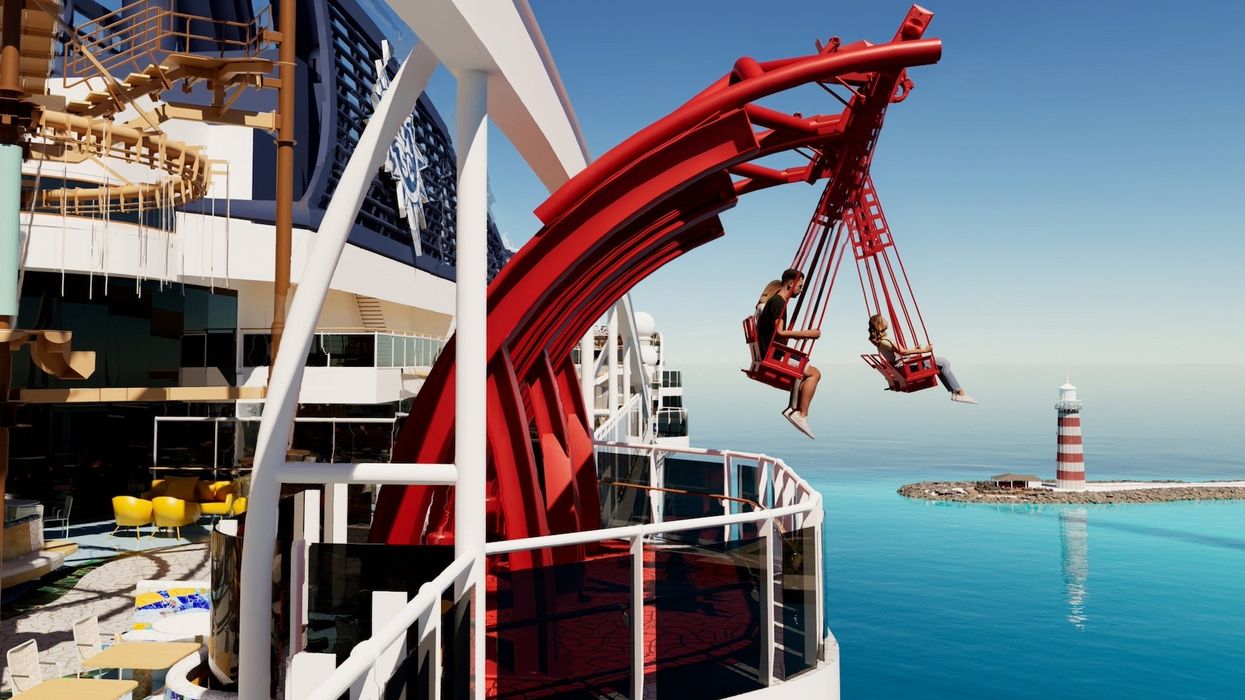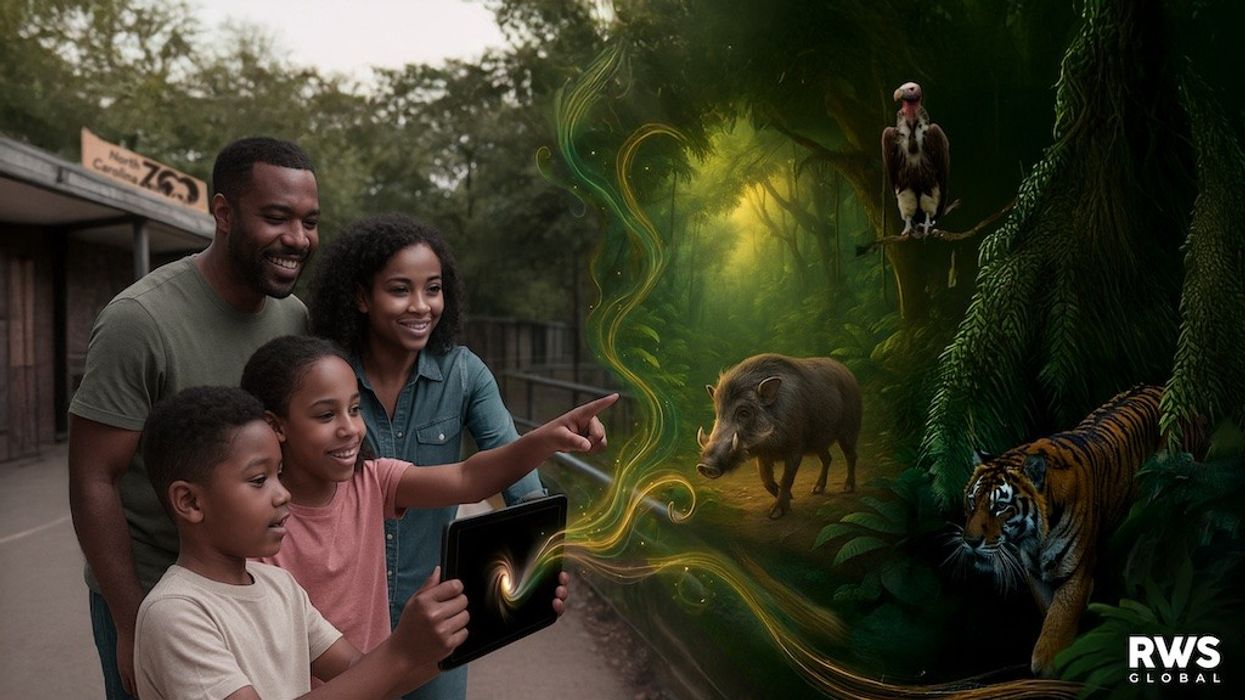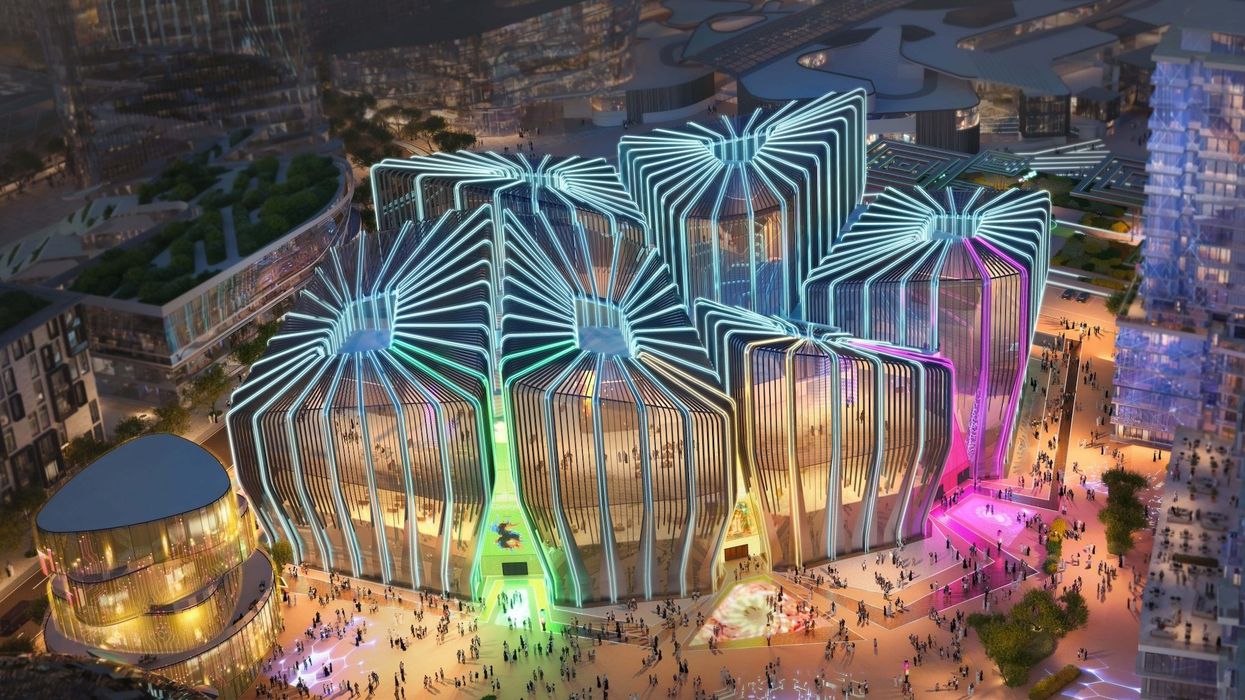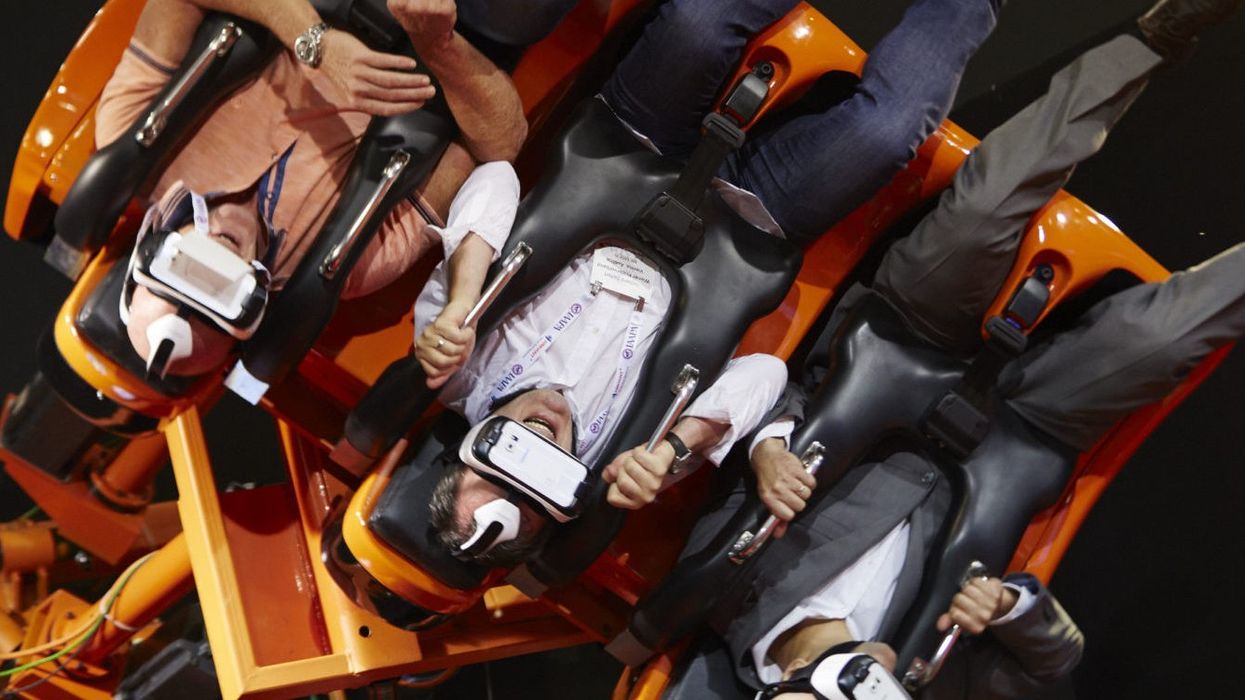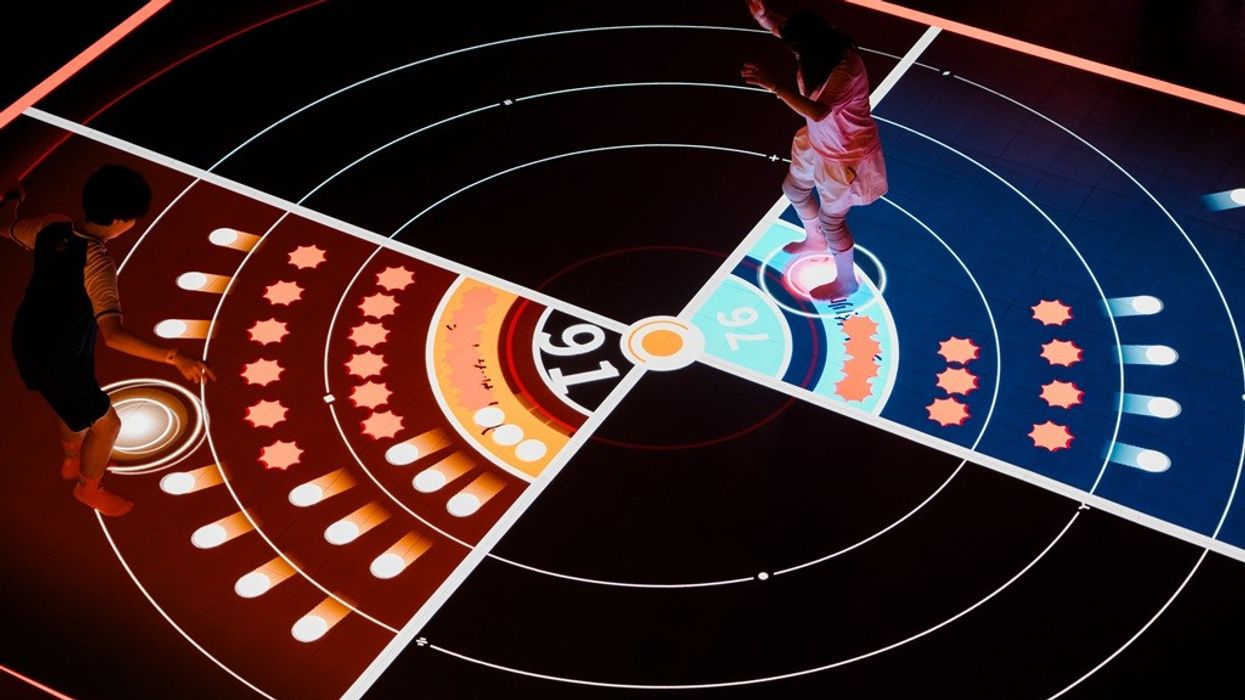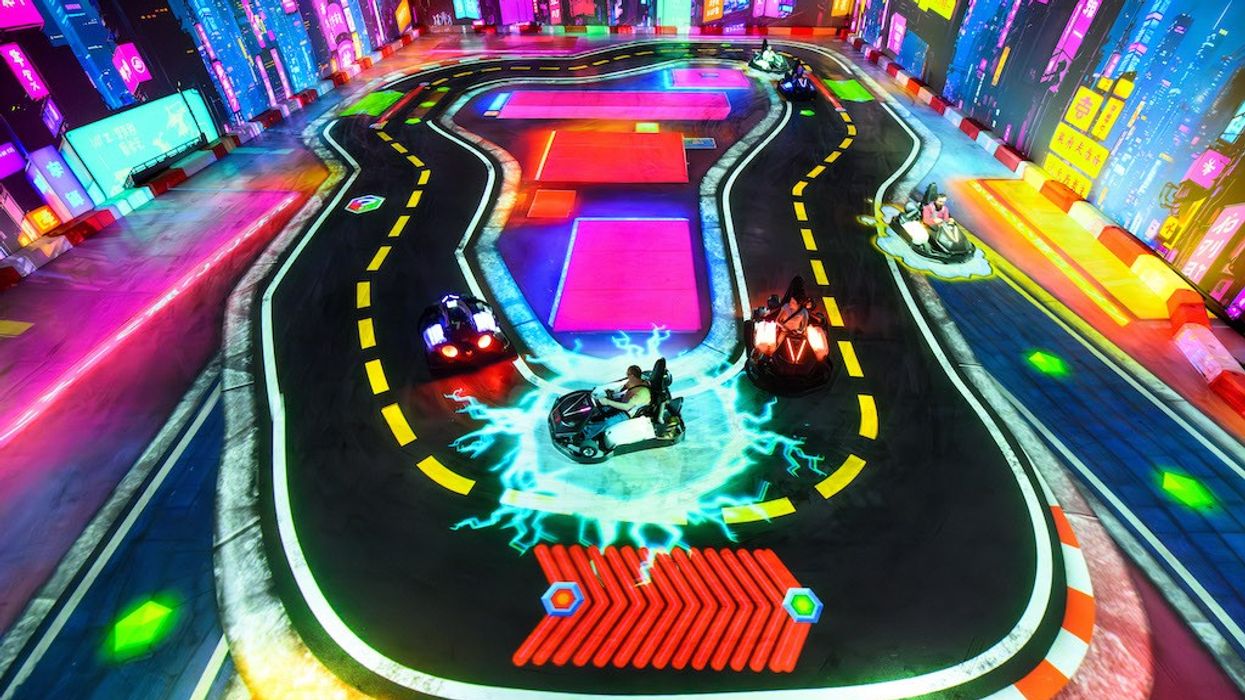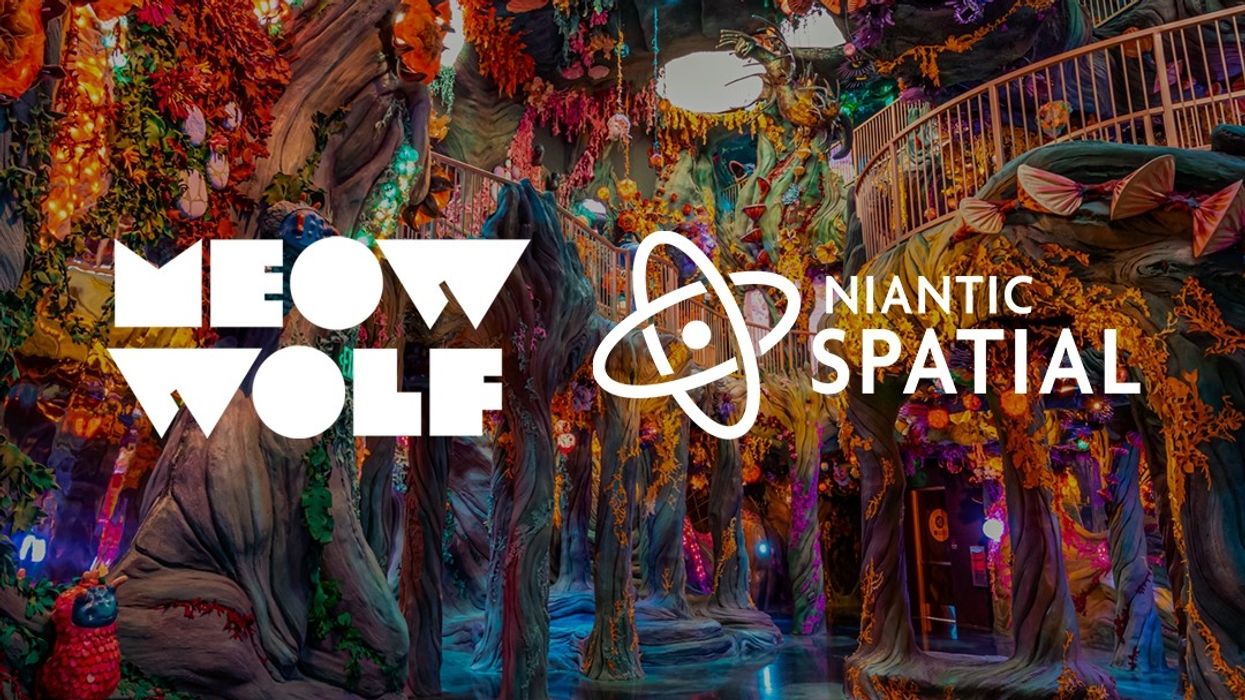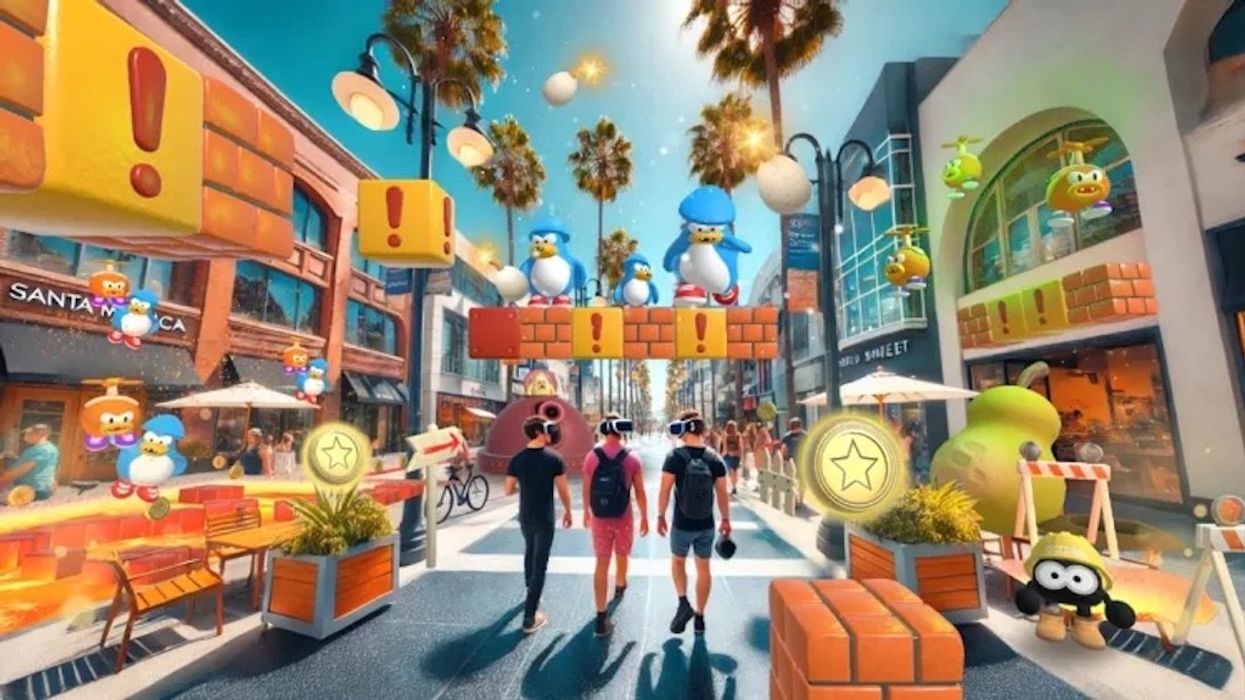The business of attractions, straight to your inbox!
Sign up to receive the industry’s most comprehensive news service directly to your inbox every day.
✅ Thank you! We’ve sent a confirmation email to complete your subscription.
Don’t miss out
Get the latest attractions industry news direct to your inbox, every day.
✅ Thank you! We’ve sent a confirmation email to complete your subscription.
Most viewed
Day
Week
Month
AR
AR stands for Augmented Reality. It is an interactive experience that blends content created by computers with the physical world. AR allows for real-time interaction and accurately registers 3D models of virtual and real items. This experience is smoothly integrated with the real world, meaning that it appears to be a realistic component of the setting. In contrast to virtual reality, which totally replaces the user's real-world environment with a simulated one, augmented reality modifies one's continuous perspective of a real-world environment.
Many attractions offer AR experiences. For example, it can help museums present information in a new and engaging way. Instead of presenting a passive display, museums can use AR to bring visitors inside the experiences as scenes come to life around them. The content can take the form of video, text, 3D images and more. Museums can layer relevant augmentations over artefacts or works of art to present richer and more detailed access. AR can also help them to provide context. It enables them to place items from their collections in different scenes, peeling back layers and telling their stories from a new perspective.
At the Smithsonian National Museum of Natural History, visitors can use an AR app in the iconic Bone Hall. This allows them to discover what the skeletons would have looked like while alive.
Meanwhile, in the theme park world, AR is used at Universal's Mario Kart: Bowser's Challenge ride. This is part of its Super Nintendo World land, found at Universal Studios Japan and Universal Studios Hollywood. Here, riders don AR goggles to see classic Mario Kart objects around them, like shells which they can launch at other racers.
Don’t miss our
FREE daily newsletter
Get the latest attractions industry news direct to your inbox, every day.
✅ Thank you! We’ve sent a confirmation email to complete your subscription.
AR features
Recent
blooloop is taking climate action and is now B Corp Certified.Sustainability strategy

Become part of the blooloop community:Work with us



